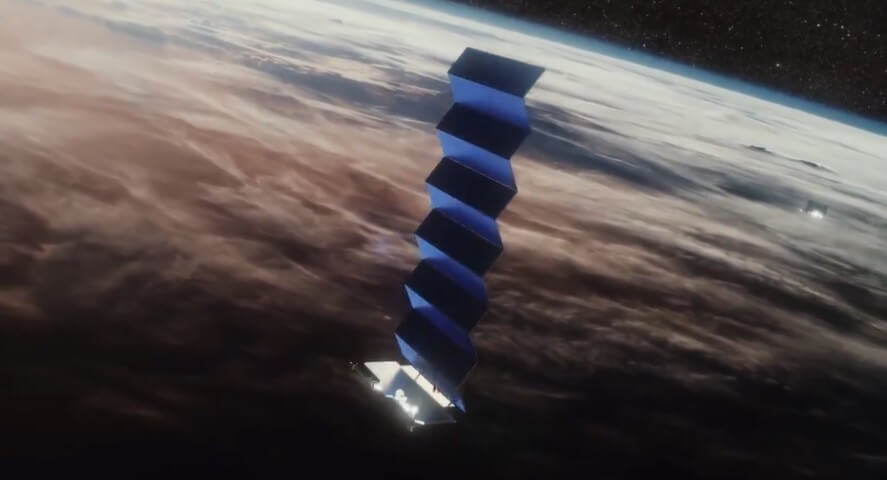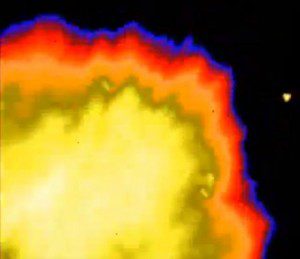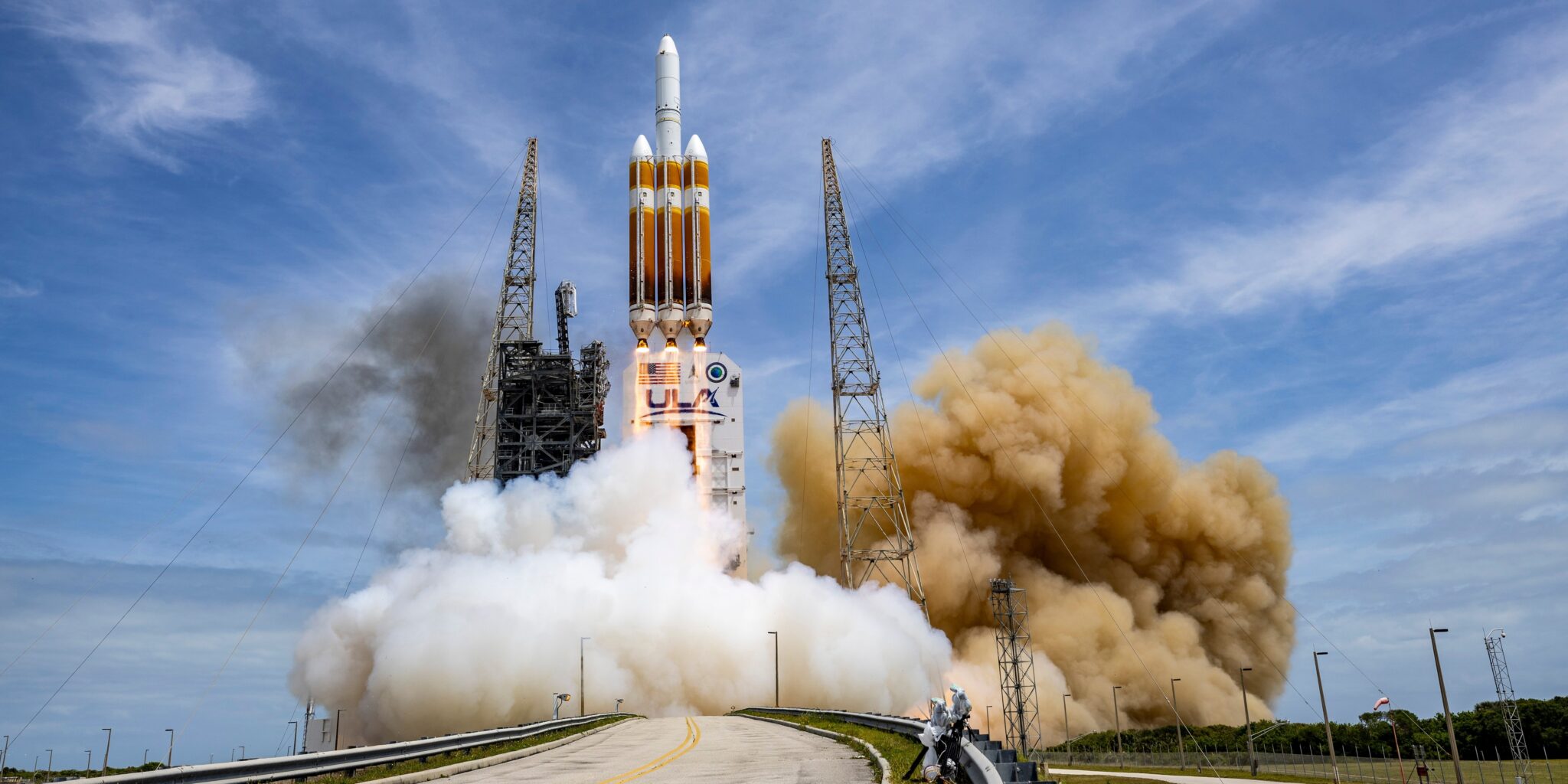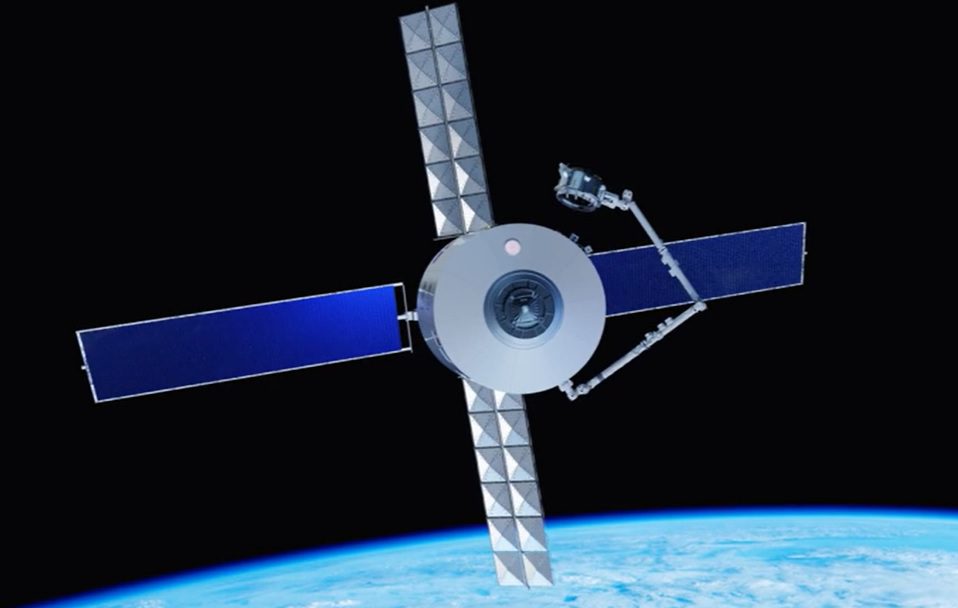While for the most part SpaceX Starlink satellites have proved to be reliable – or at least reliable enough to begin commercial telecommunications service – astrophysicist and space orbital analyst, Jonathan McDowell, has noted that the satellites launched on Starlink V1.0 Flight 22, on a Falcon 9 in March 2021, appear to have had a loss/failure rate of at least 20 per cent.
That is, within their first year of life, 12 out of 60 satellites appear to have had their orbits lowered from, or never reached, their planned 549 x 546 km operational low Earth orbit. Seradata believes that the true total of failed satellites on this launch might be 15, or 25 per cent. It is presumed that these have suffered on-board failures, which have forced premature retirements but are still able to be manoeuvred to a safe orbital decay, thus reducing the risk of space debris.
According to the Seradata Launch and Satellite database, the 2,040 Starlink satellites launched to date have shown a satellite-related failure rate of 4.3 per cent during launch phase or in year one – that is, having an anomaly either causing a retirement or suffering a serious loss of mission capability. Starlink satellites are designed for an operational life of five years. Thus the “bad batch” hypothesis appears to be true about the group carried on the Starlink V1.0 Flight 22.









